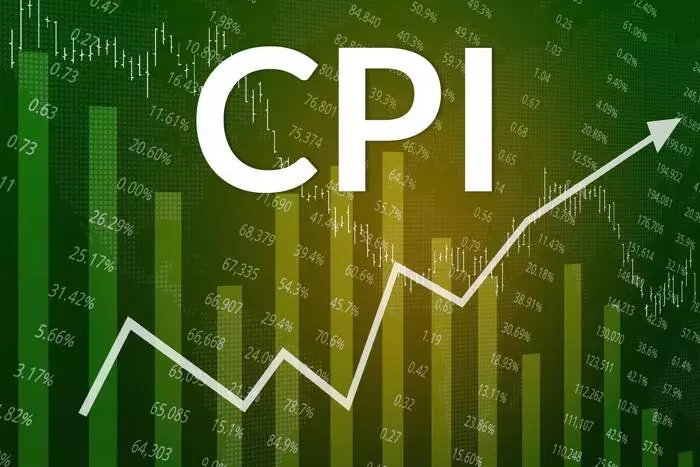In the current geopolitical landscape, the rhetoric surrounding Russia and Ukraine remains charged, with major powers positioning themselves to influence the outcome of ongoing conflicts. U.S. President Donald Trump, in a recent statement, threatened to escalate economic pressure on Russia by threatening 100% secondary tariffs if Moscow fails to reach a ceasefire within a specified timeframe. This aggressive stance underscores a broader strategy of leveraging economic sanctions as tools of diplomacy and deterrence. However, such brinkmanship also reveals underlying uncertainties; economic sanctions often carry unpredictable ripple effects that can destabilize markets and complicate diplomatic negotiations. The clarity with which Trump expressed his displeasure toward Vladimir Putin indicates a shift towards more direct, confrontational language—likely aimed at signaling resolve both domestically and internationally.
This tension translates beyond rhetoric, influencing real policy decisions. Trump’s commitment to providing weapons to Ukraine, with NATO covering the costs, highlights a noteworthy shift in alliance dynamics, emphasizing collective security but raising questions about the long-term stability of this support model. It also reflects a broader global trend toward hegemonic power struggles, where military aid, economic sanctions, and diplomatic posturing intertwine. However, such strategies may risk escalating conflicts or igniting unintended consequences, emphasizing that geopolitics is inherently unpredictable and fraught with peril.
Market Implications and Economic Outlook
Simultaneously, the financial markets are traversing a period of heightened sensitivity to geopolitical and economic indicators. Investors are eagerly awaiting the upcoming U.S. Consumer Price Index (CPI) data, a key barometer of inflationary pressures that could influence Federal Reserve policy. Economists anticipate a moderate rise, which, while predicted, could be amplified by tariffs and geopolitical tensions. If inflation surpasses expectations, the ramifications could cascade rapidly—prompting a sell-off in U.S. Treasuries, strengthening the dollar, and potentially sparking shifts in global capital flows.
The interplay between tariff-induced inflation and monetary policy underscores the interconnectedness of trade, economics, and geopolitics. The dollar’s potential rebound, driven by technical and sentiment factors, exemplifies how markets often respond not just to fundamental data but to perceptions of stability and direction. Traders’ positioning in the Commitments of Traders (COT) reports hints at an overstretched USD, indicating a vulnerability to sudden shifts should inflation data surprise to the upside. Such dynamics highlight the importance of nuanced analysis and risk management in an increasingly volatile environment.
Meanwhile, developments in the UK add another layer of complexity. Economic stewardship under Chancellor Rachel Reeves will be under scrutiny, as her upcoming speech at Mansion House promises to shed light on Britain’s fiscal trajectory. With the UK economy slowing, subdued investment, and debt levels nearing 100% of GDP, market participants are eager for signals of stability. Reeves’ previous emotional appearance in Parliament has already influenced market sentiment—raising gilt yields and driving the GBP lower—so her future remarks could either calm nerves or intensify concerns about fiscal sustainability.
Corporate Performance and Market Sentiment
Beyond geopolitical and macroeconomic factors, corporate earnings reports serve as critical indicators of economic health. With major financial institutions like JPMorgan Chase, Wells Fargo, Citigroup, and asset manager BlackRock releasing quarterly results, investor confidence and risk appetite will be tested. Positive earnings could reinforce a cautiously optimistic outlook, bolstering equity markets, which have shown early signs of recovery in European trading sessions. The DAX and STOXX Europe 600 futures edging upwards reflect investor sentiment that, despite headwinds, markets are seeking opportunities amid broader uncertainty.
However, markets are inherently cyclical, and external shocks—be they geopolitical conflicts or economic indicators—can quickly tilt the balance. The interconnectedness of global markets means that events in one region reverberate elsewhere, amplifying volatility and testing investor resilience. Navigating this landscape demands both strategic foresight and a critical eye toward the evolving geopolitical climate, macroeconomic signals, and corporate health.
Challenging Assumptions and Embracing Complexity
Analyzing this intricate web of events reveals that simplistic narratives often fall short of capturing the true complexity of global affairs. While headline figures and official statements provide a snapshot, they obscure the deeper undercurrents—such as long-term inflation trends, diplomatic nuances, and investor psychology—that ultimately shape outcomes. Recognizing the speculative nature of markets and policymaking encourages a more nuanced, skeptical approach, where assumptions are continually challenged and strategies adjusted accordingly.
The current convergence of geopolitical threats, economic data releases, and financial performance underscores the need for vigilance and adaptability. Tensions may escalate or de-escalate, markets may rally or retreat, but those who understand the underlying interconnectedness and remain critically engaged will be better positioned to navigate the unfolding uncertainty. Economic and political landscapes are rarely black-and-white; instead, they demand an insightful, cautious perspective that appreciates the myriad factors influencing global stability and growth.

